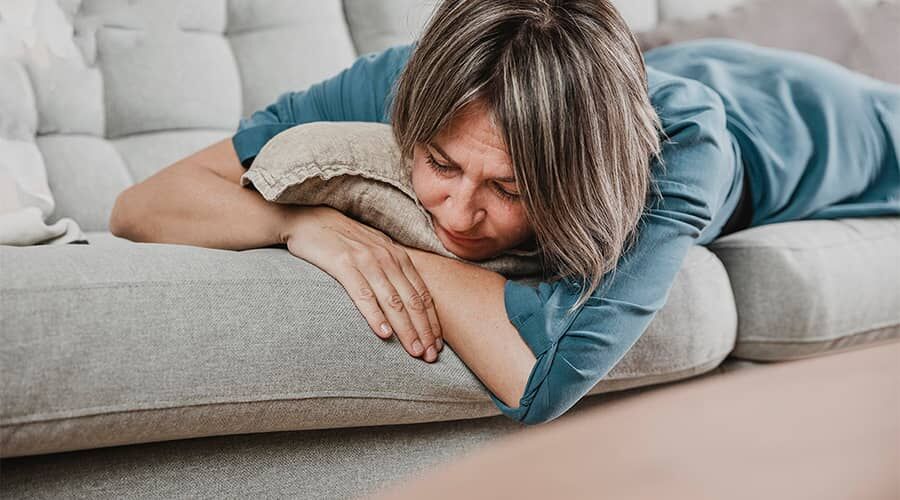
Physical activity is exercise in which we use our bodies actively, so that our muscles, heart, lungs and other organs work more efficiently.
Physical activity can be easy or difficult and can be done through a variety of activities, such as walking, running, swimming, cycling or even training at the gym.
Regular physical activity has many benefits for our health.
Exercise reduces the risk of heart disease, diabetes and obesity, improves blood pressure and cholesterol levels, and reduces stress and depression. Regular exercise helps to maintain muscle mass, joint mobility and balance, which helps older people to maintain their independence.
Physical activity also has a positive impact on mental health.
It helps improve mood through the release of endorphins and boosts brain power. For the human brain, exercise is like a “doping agent” that stimulates brain function and helps fight stress.
Physical activity paradoxically gives you energy in the long term, as active exercise increases the body’s energy levels and improves stamina.
However, after exercise, muscle aches and a feeling of fatigue can occur, leading to temporary tiredness. If the body is moving regularly, the overall improvement in strength and endurance will result in less fatigue during daily activities, i.e. increased stamina.
During exercise, oxygen and nutrients are transported to the muscles through the bloodstream.
Muscle energy is stored in the form of glycogen, which is used by the body during active exercise. The glycogen and fat stored in the muscles provide energy for the muscles to use continuously during exercise. The amount of energy released during muscle movement is limited, however, and when muscle reserves are depleted, the muscles let us know this by feeling exhausted and tired.


